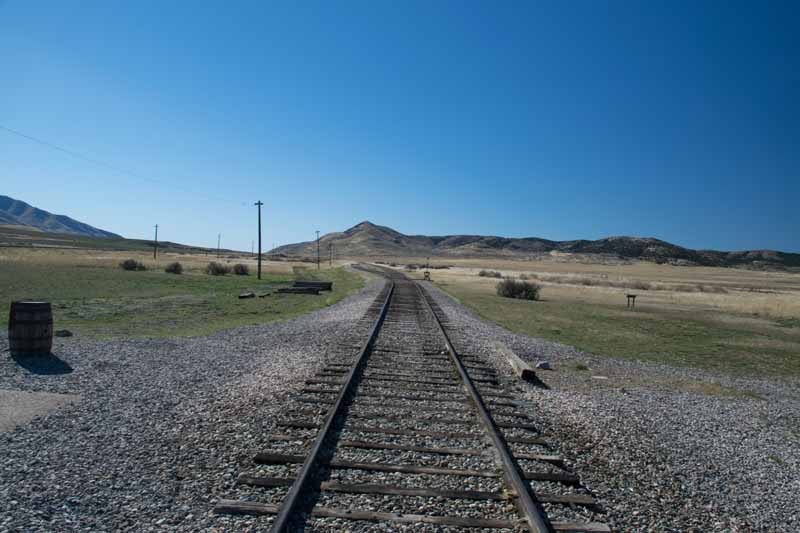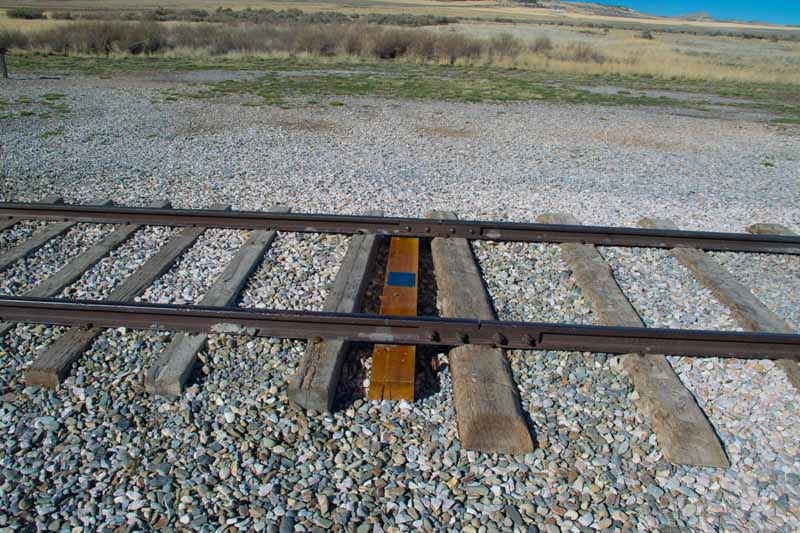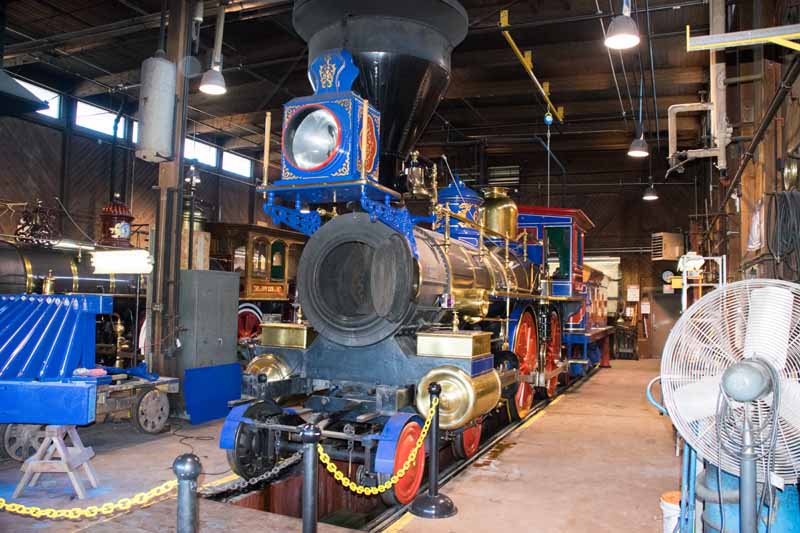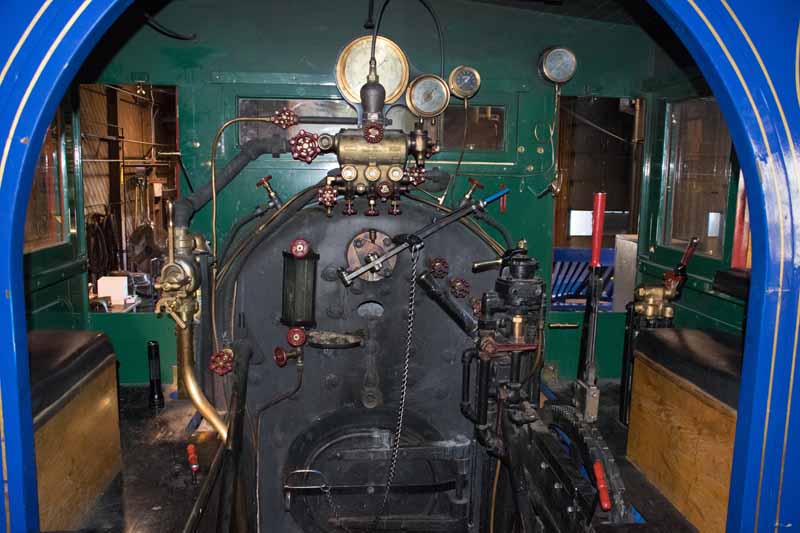Golden Spike National Historic Site |
Return to my Bucket List page.
If you know me, you will know that given the opportunity to look at a train, I will do it! So, being in Utah, I had to add the Golden Spike National Historic Site to my itinerary.
It was at this site where the so-called "Golden Spike" was driven, linking the Union Pacific and Central Pacific rail roads, and also providing a coast-to-coast rail link. Before this, if you wanted to go from New York to California, you either took a wagon train, which involved much risk and time, or take a ship around the tip of South America, which also involved much risk and time. With the completion of the railroad one could take a train across the country in much less time. While opening the west to the railroads increased the industrial wealth of the nation, it also destroyed the lifestyle of the native Americans.
But history aside, this is a site I just had to visit.
If you want more information, e-mail the author at: |
 |





